
Diving into the world of virology, we’re thrilled to speak with Ivan Kairatov, a renowned biopharma expert with extensive experience in research and development. With a deep understanding of technology and innovation in the industry, Ivan has been at the forefront of groundbreaking discoveries.
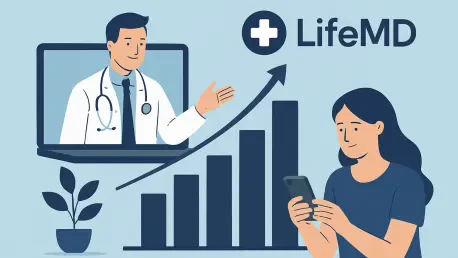
I'm thrilled to sit down with Ivan Kairatov, a renowned biopharma expert with extensive experience in tech and innovation within the healthcare industry. With a strong background in research and development, Ivan brings a unique perspective on the evolving landscape of telehealth and pharmaceutical
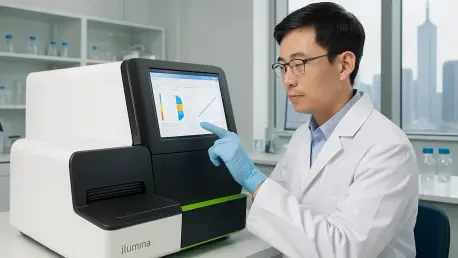
In the bustling heart of Shanghai, where innovation meets opportunity, the China International Import Expo (CIIE) stands as a beacon for global companies to showcase transformative advancements, and this year, Illumina, a titan in life sciences, has taken center stage with its groundbreaking
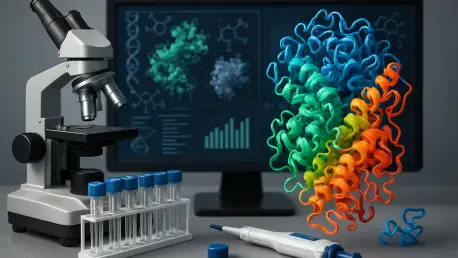
In the rapidly advancing world of biotechnology and medicine, protein engineering stands as a cornerstone for innovation, yet it faces persistent challenges in designing proteins with precise, tailored functionalities that meet specific needs. For years, scientists have wrestled with the
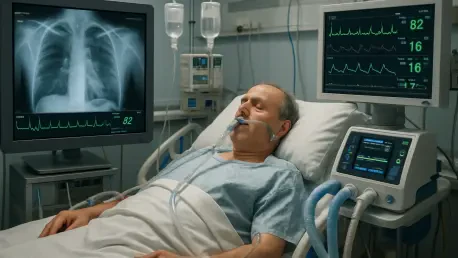
In the high-stakes world of intensive care units (ICUs), severe community-acquired pneumonia (CAP) stands as a formidable adversary, often demanding prolonged hospital stays and extensive resources like ventilatory support, especially among older adults. This condition, contracted outside hospital
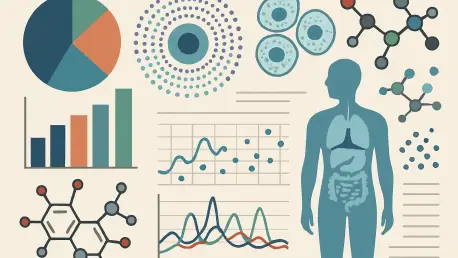
Could a single drop of blood hold the key to predicting life-altering diseases before they even strike, and could this possibility redefine the future of medicine? This question is no longer a distant dream but a tangible reality thanks to one of the most ambitious scientific endeavors in recent